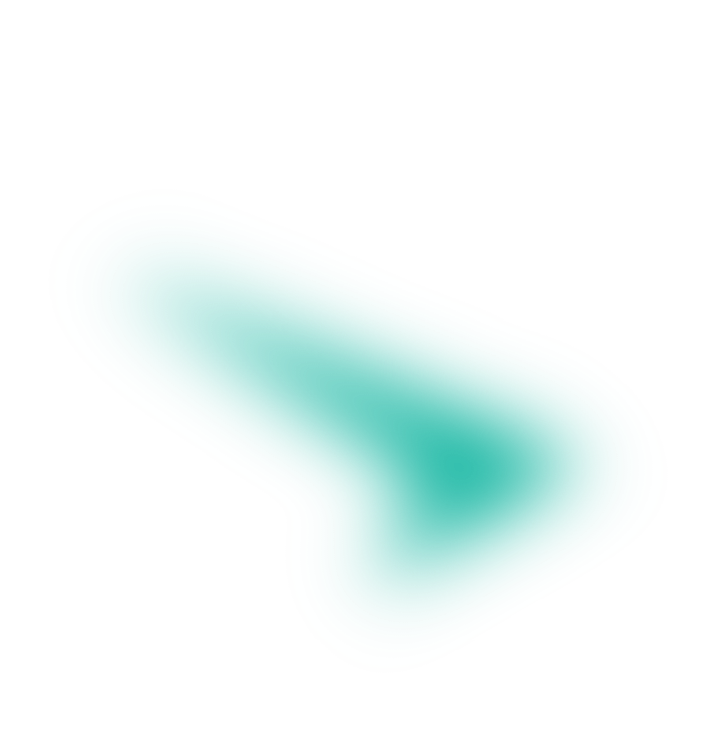The Difference between NEMA and IEC
Introduction
NEMA and IEC are two organizations that set standards for electrical equipment. NEMA is an acronym for the National Electrical Manufacturers Association, while IEC stands for the International Electrotechnical Commission. These two organizations are responsible for ensuring that electrical equipment is safe, efficient, and of high quality. In this blog, we will discuss the differences between NEMA and IEC.
Standards
NEMA and IEC have different standards for electrical equipment. NEMA standards are primarily used in the United States, while IEC standards are used worldwide (But there are exceptions, where America may have much influence in industries, such as oil fields in the Middle East). NEMA standards are often more specific and detail-oriented, while IEC standards are more general and performance-based.
For example, NEMA has specific standards for motor enclosures, whereas IEC has performance-based standards for motor protection. NEMA also has specific standards for plugs and receptacles, while IEC has more general standards for electrical connectors.
Voltage and Frequency
Another difference between NEMA and IEC is the voltage and frequency standards. NEMA uses a voltage of 120V for residential and commercial applications, while IEC uses 230V. NEMA also uses a frequency of 60Hz, while IEC uses 50Hz. However, some countries may use a different voltage and frequency standard based on their own regulations.
Enclosure Ratings
NEMA and IEC have different enclosure ratings for electrical equipment. NEMA uses a system of numeric codes to indicate the degree of protection provided by the enclosure against dust, moisture, and other environmental factors. For example, a NEMA 4X enclosure provides protection against water and dust.
IEC, on the other hand, uses a system of letters and numbers to indicate the degree of protection. The first digit indicates the degree of protection against solid objects, while the second digit indicates the degree of protection against liquids. For example, an IP67 enclosure provides complete protection against dust and protection against water immersion up to 1 meter.
At TYE, our “Electrical enclosures” are guided by NEMA standards, in terms of design and material. The enclosures provide protection for the internal electrical components, as well as its users and also possible theft or tampering. Based on the environmental conditions and your specific need, an enclosure can be designed and manufactured specifically for your application.

